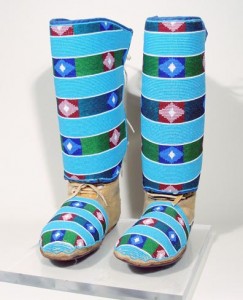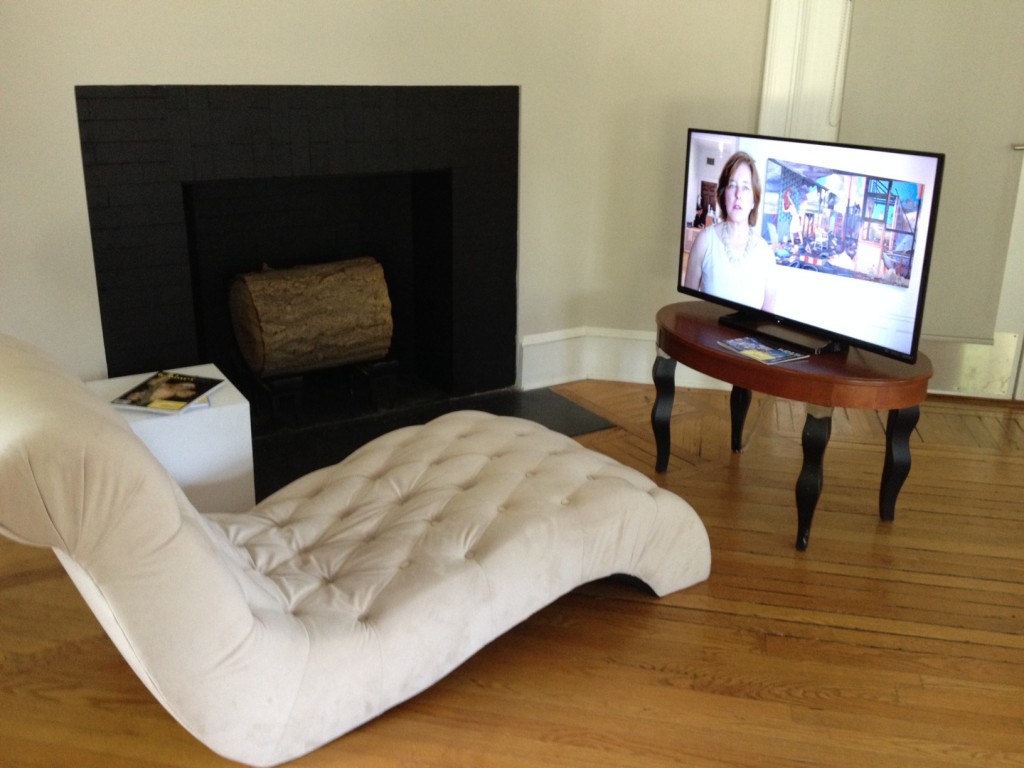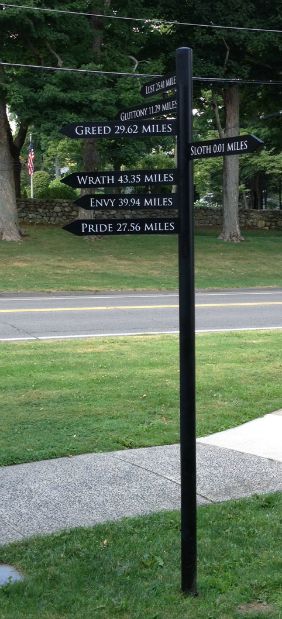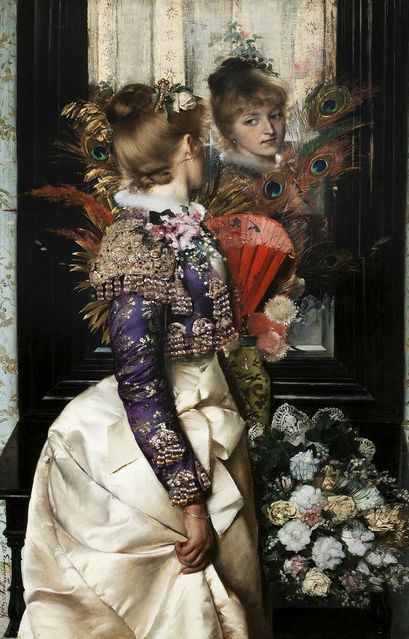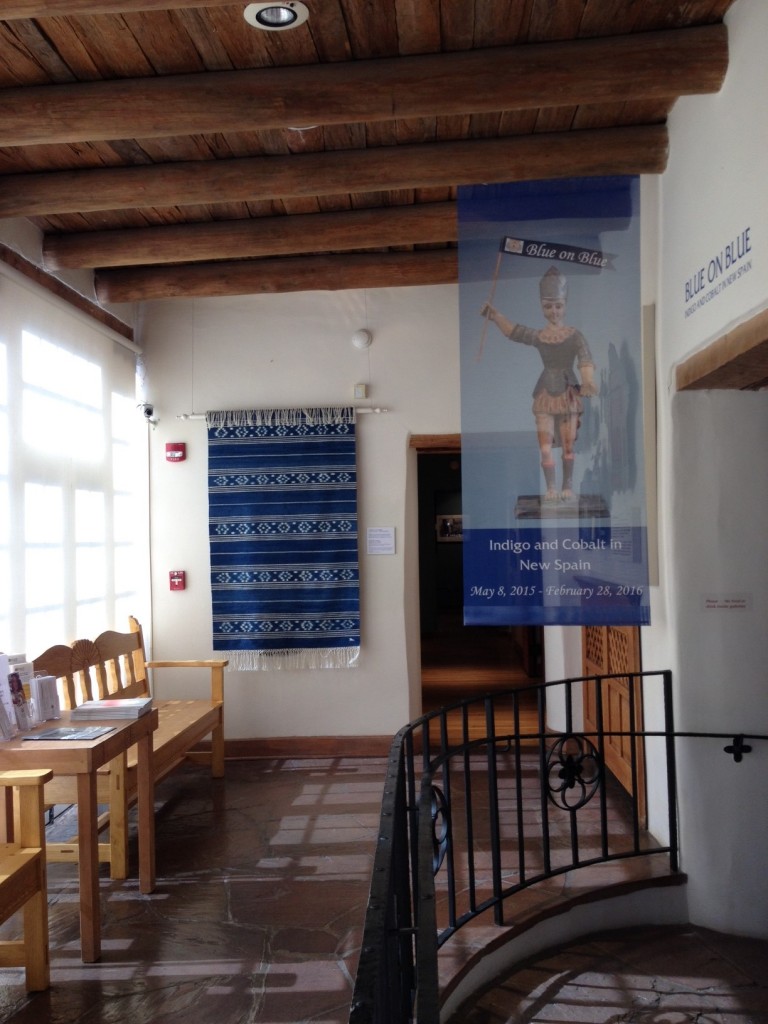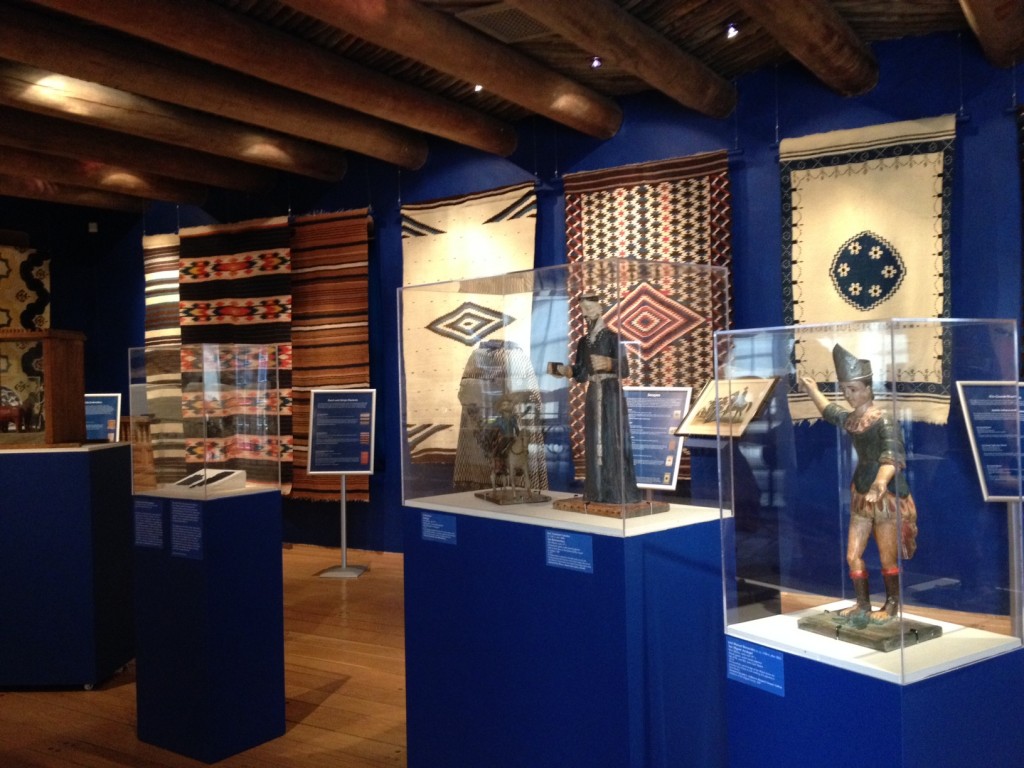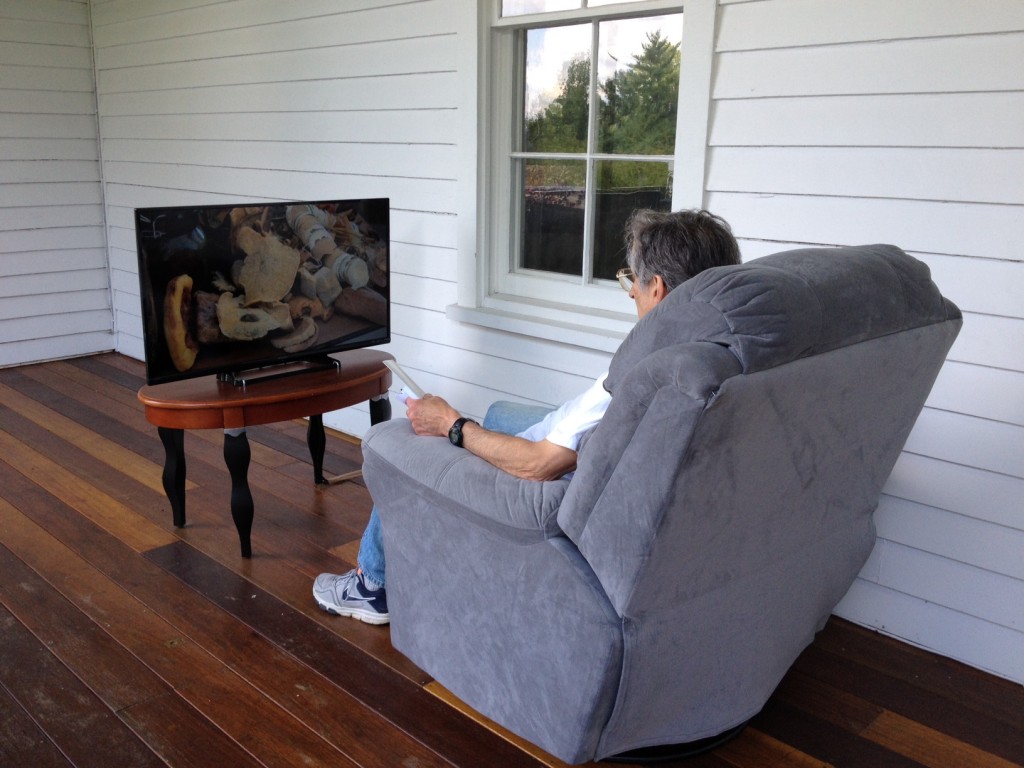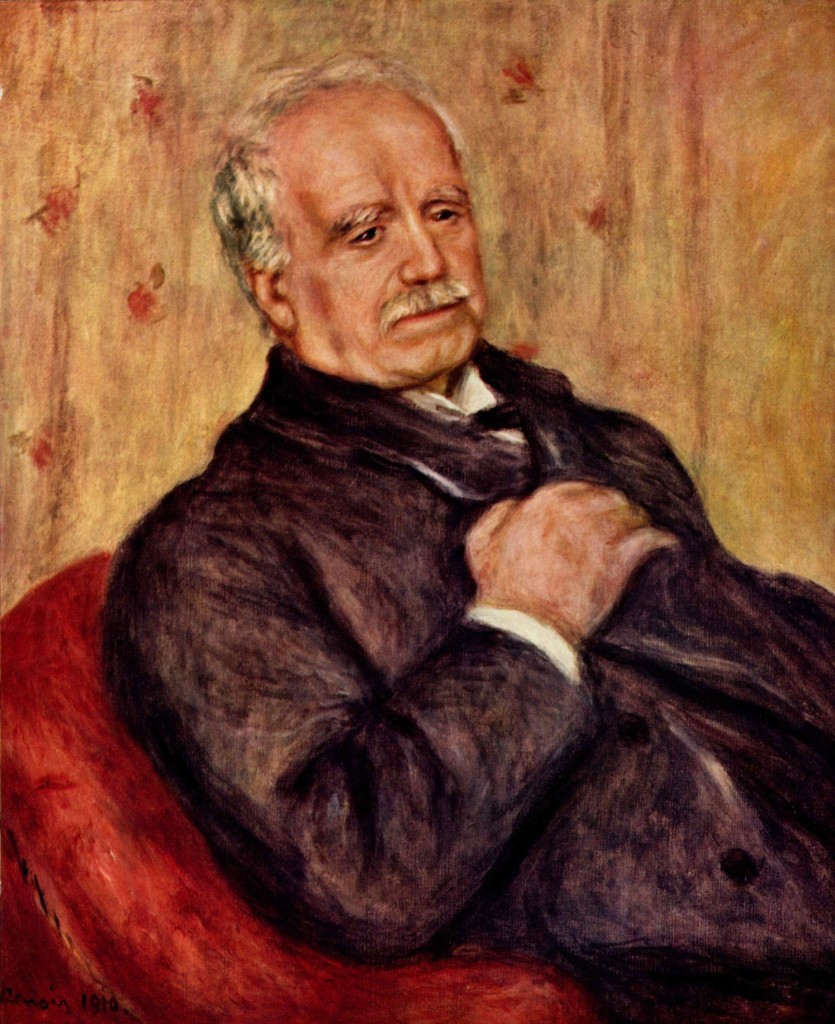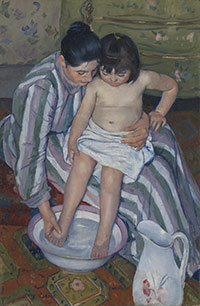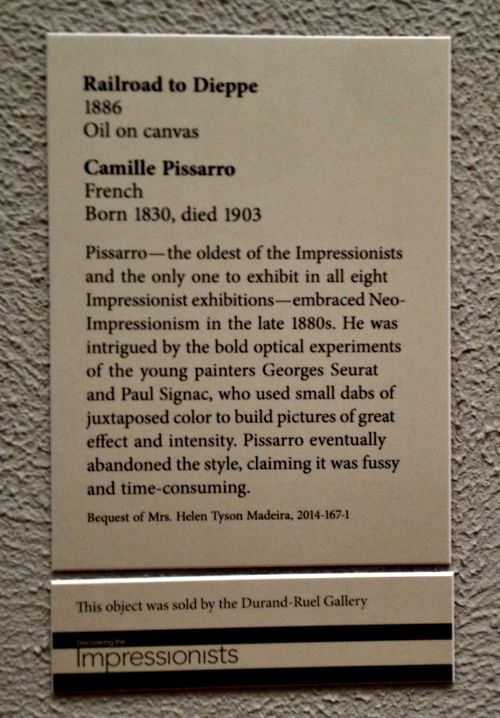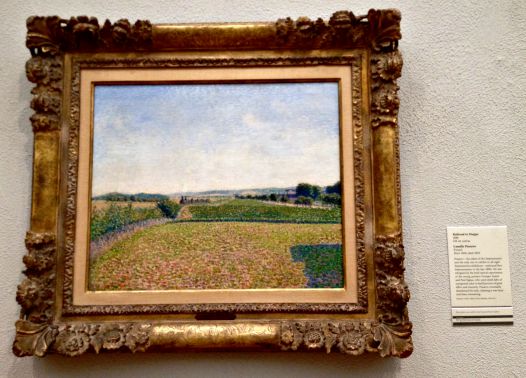 They have replaced Graham Beal as director of the Detroit Institute of Arts, and it’s an inside job. Salvador Salort-Pons, the current curator of European paintings a the DIA, plus–since 2013–director of collection strategies and information, won the post. Not an easy job ahead of him, but I do think it was wise for the trustees to select an insider.
They have replaced Graham Beal as director of the Detroit Institute of Arts, and it’s an inside job. Salvador Salort-Pons, the current curator of European paintings a the DIA, plus–since 2013–director of collection strategies and information, won the post. Not an easy job ahead of him, but I do think it was wise for the trustees to select an insider.
I don’t know Salort-Pons (pictured at right), so I can’t say much more from personal experience. here are highlights from his resume, per the DIA press release:
For the DIA, Salort-Pons has organized the exhibitions Fakes, Forgeries and Mysteries, Five Spanish Masterpieces and was the in-house curator for the show Rembrandt and the Face of Jesus – among others. Prior to coming to Detroit, Salort-Pons was senior curator at the Meadows Museum at Southern Methodist University in Dallas, assistant professor at the University of Madrid and exhibition curator at the Memmo Foundation/Palazzo Ruspoli in Rome. While at the Memmo Foundation, he co-curated Il trionfo del colore: Collezione Carmen Thyssen-Bornemisza (Rome, 2002) as well as Velázquez (Rome, 2001), which was the first monographic exhibition on the painter ever organized in Italy. Salort-Pons has been the recipient of a Rome Prize Fellowship at the Spanish Academy of Rome and a research fellow at the Royal College of Spain in Bologna (founded in 1364), the Getty Grant Program, the Medici Archive Project in Florence and Bibliotheca Hertziana in Rome, among others.
Salvador Salort-Pons named director of Detroit Institute of Arts Will take office as the museum’s 11th director on October 15, 2015 — News from The Detroit Institute of Arts
In addition to two books—Velázquez en Italia (Madrid, 2002) and Velázquez (Madrid, 2008—Salort-Pons has published a number of scientific articles in British, Spanish and Italian journals and exhibition catalogues. He holds a master’s in geography and history (University of Madrid), a master’s in business administration (Cox School of Business, SMU) and a doctorate in the history of art (University of Bologna).
I think it was smart to promote from within because of the DIA’s recent problems and history. Presumably, he will also get on well with the COO, Annmarie Erickson–who played an enormous role in the DIA’s woes because of the Detroit bankruptcy.

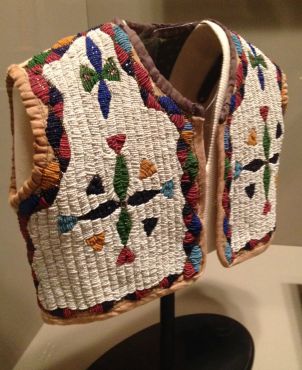 dian
dian